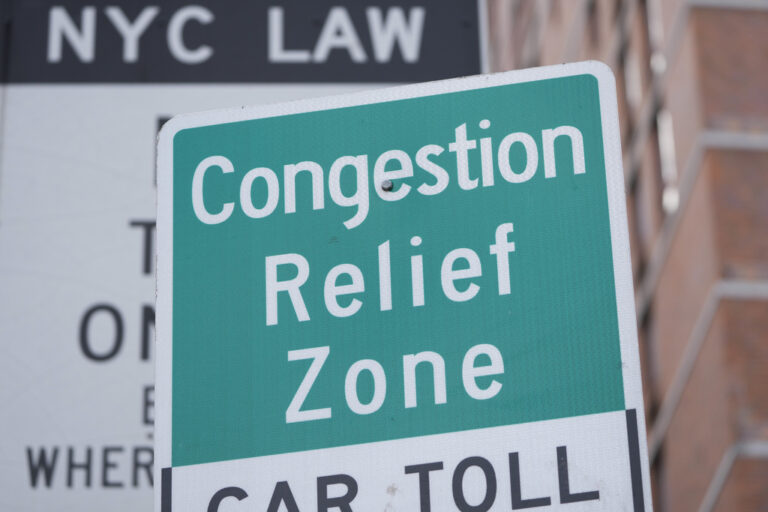 Average long-term U.S. mortgage rates barely moved this week, remaining close to historically low levels as the spring home-buying season gets underway.
Average long-term U.S. mortgage rates barely moved this week, remaining close to historically low levels as the spring home-buying season gets underway.
Mortgage giant Freddie Mac said Thursday the national average for a 30-year fixed-rate mortgage ticked up to 3.70 percent from 3.69 percent last week.
The average rate for a 15-year mortgage, popular with homeowners who refinance, edged up to 2.98 percent from 2.97 percent last week.
A year ago, the average 30-year mortgage rate was 4.41 percent and the 15-year mortgage rate was 3.47 percent. Mortgage rates have remained low even though the Federal Reserve in October ended its monthly bond purchases, designed to hold down long-term rates. The Fed signaled recently that it’s still not ready to start raising short-term rates, after keeping them near zero for over six years.
More Americans signed contracts to buy homes in February, the National Association of Realtors reported Monday, providing evidence that the buying season could open strong after sluggish sales for much of the winter.
The trend also was reflected in applications for mortgages, which rose 9.5 percent in the week ended March 20 from a week earlier, as reported by the Mortgage Bankers Association last week. Refinance applications jumped 12 percent.
To calculate average mortgage rates, Freddie Mac surveys lenders across the country at the beginning of each week. The average doesn’t include extra fees, known as points, which most borrowers must pay to get the lowest rates. One point equals 1 percent of the loan amount.
The average fee for a 30-year mortgage was 0.6 point, unchanged from last week. The fee for a 15-year mortgage also remained at 0.6 point.
The average rate on a five-year adjustable-rate mortgage stayed at 2.92 percent. The fee rose to 0.5 point from 0.4 point.
For a one-year ARM, the average rate was unchanged at 2.46 percent. The fee remained at 0.4 point.
(AP)











One Response
Interest rates this low, and being similar throughout the world’s economy (and in some countries they have gone negative – the persons loaning/depositing the money pays a fee), suggest no a booming economy, but that we are in a serious, perhaps long-term, depression. Fortunately due to changes in the economy, the depression is less painful. In some cases, such depressions can last centuries (think of western Europe following the disintegration of the Roman Empire – they were depressed form the period of the Amoraim until the period of the Rishonim).